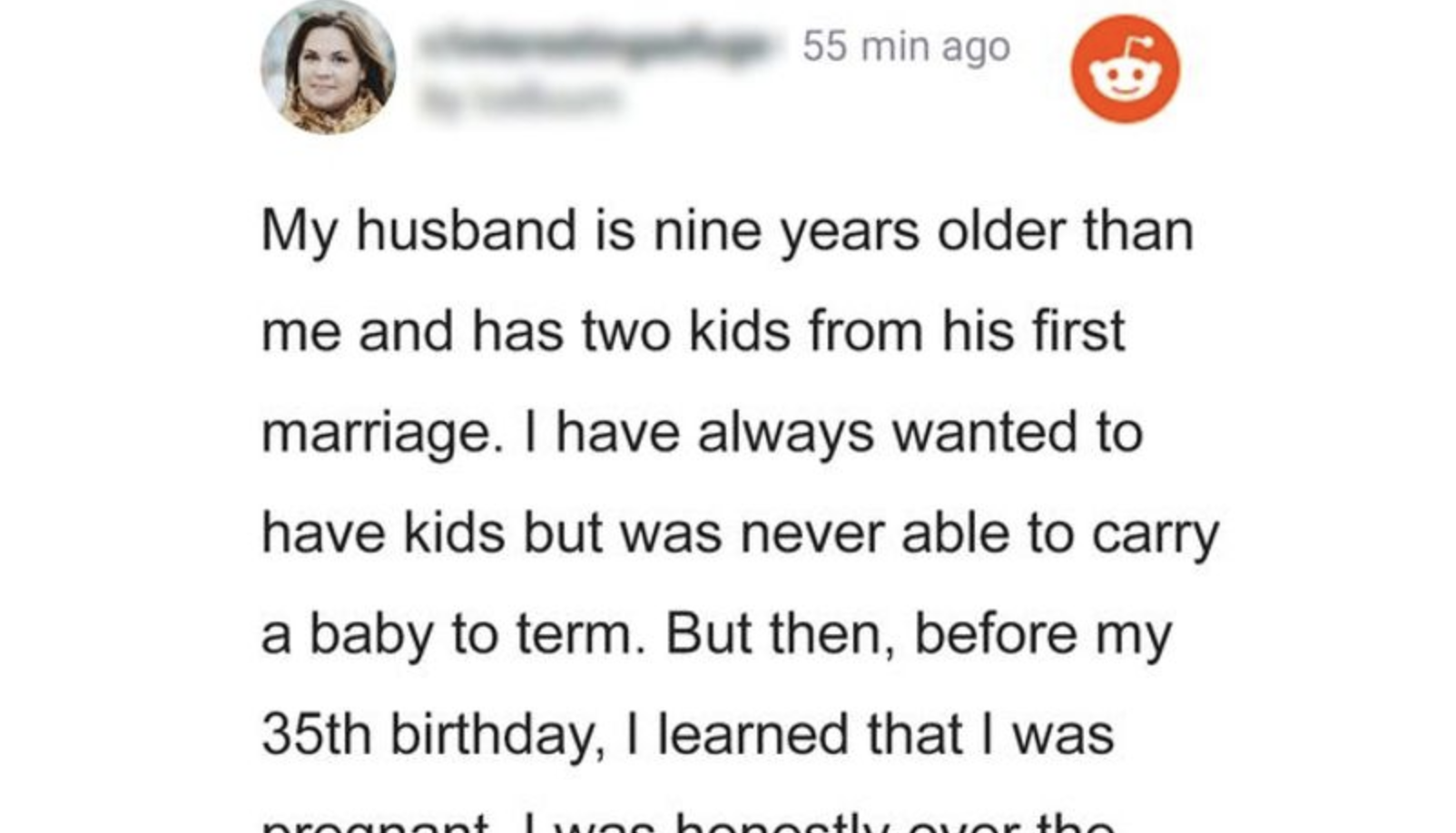A mother who was made fun of for having a “big” baby bump won’t succumb to pregnancy stigma.
Eliana Rodriguez, who is now 29 years old, recently gave birth to Sebastian, her second kid. Despite the fact that Rodriguez’s pregnancy and child were both healthy, her larger-than-average stomach drew comments like “You are gigantic,” “You seem to be expecting twins,” and “Have you looked to see if there’s another kid in there?” Rodriguez’s pregnancy and unborn child were both in good health. She must be really uncomfortable.

A huge bump during pregnancy may be a sign of some health problems, but it can also occasionally be perfectly normal and the consequence of the woman’s body expanding. Rodriguez gave the reassurance that she and her toddler are in excellent health.
“I had large pregnancies; both of my children were born weighing 8.3 pounds. My 3-year-old daughter Sofia was 19.5 inches at birth, while my new boy was 20.5 inches.”
Rodriguez pointed out that while Instagram trolls are simple to ignore, people are usually nosy in person as well.
Rodriguez acknowledged that she was aware of the curiosity but that she had never been rude in response. My reply is, “Yes, I am huge and it’s hard.”
Rodriguez, a business entrepreneur in Las Vegas, Nevada, who specializes in health and wellness, stated, “I pondered why my tummy was bigger than other girls. My doctors told me it was typical because I am only 4’11” and have a shorter torso.”
Rodriguez started showing up two months ago.

She continued, “I am an open person so I was so delighted that I wanted to share. We had been trying for a second child and hoped for a boy.”
During her pregnancy, Rodriguez carried a lot of amniotic fluid, which fills the amniotic sac and shields the fetus while allowing it to move.
The Mayo Clinic describes “polyhydramnios” as an excess that happens in 1% to 2% of pregnancies. The majority of cases are unproblematic, despite the fact that it can result in preterm labor.
Rodriguez said that despite having a lot of amniotic fluid, her physicians had determined that she did not have polyhydramnios.
She said, “They measured the baby’s size and the amount of fluids.”
Other causes of excess fluid, according to Chicago, Illinois-based OBGYN Dr. Kiarra King (who did not treat Rodriguez), include maternal diabetes and fetal structural anomalies.
Additionally, polyhydramnios is not the primary reason for a pregnant woman’s larger belly. Due to fetal macrosomia, maternal obesity, or Diastasis Recti, which happens when the abdominal muscles separate during pregnancy after earlier pregnancies, a patient may seem to be further along in the pregnancy than they actually are.
Thankfully, Rodriguez stayed clear of all of these problems.

While dealing with the intrusive questions, Rodriguez emphasized her desire for people to refrain from making pregnancy- and body-shaming remarks. She asserted that women who are experiencing prenatal or postpartum depression may find themselves “in a terrible place” as a result of body image criticism.
Rodriguez said, “I understand that some individuals have less sympathy for others.” She said, “I am a religious woman and I feel so terrible for people who use cruel words.




